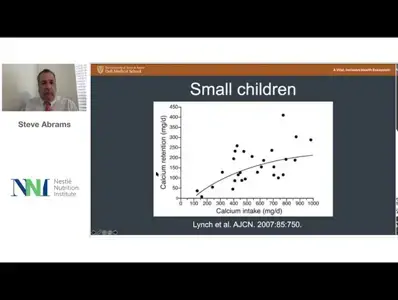NNIW95: Micronutrients needs for children 1-3 years of age
Establishing dietary recommendations for micronutrients in young children is difficult. Techniques used to evaluate nutrient intake and bioavailability are hard to apply in this age group. Additionally, large variations in growth rates, dietary patterns, and nutrient losses in early childhood make determinations of dietary requirements difficult. Most recent studies have utilized stable isotopes to determine mineral absorption for iron, zinc, calcium, and magnesium. Vitamin D requirements have been established based on the dietary intake required to maintain a presumed adequate serum 25-hydroxyvitamin D concentration. Comparisons of nutrient requirements established using factorial methods involving absorption determinations and usual population intake are important to identify nutrients of concern related to deficient or excess intakes. Generally, in the United States, the intake of calcium and magnesium are adequate to meet requirements in most toddler diets which include a milk source or a mineral-fortified milk alternative. Zinc and iron intakes can be below requirements in a substantial proportion of toddlers throughout the world, especially those with minimal meat consumption. Dietary vitamin D is generally below dietary recommendations, but clearly deficient serum 25-hydroxyvitamin D concentrations are less common and the global role for routine vitamin D supplementation or fortification of the diet remains uncertain.
If you liked this post you may also like

